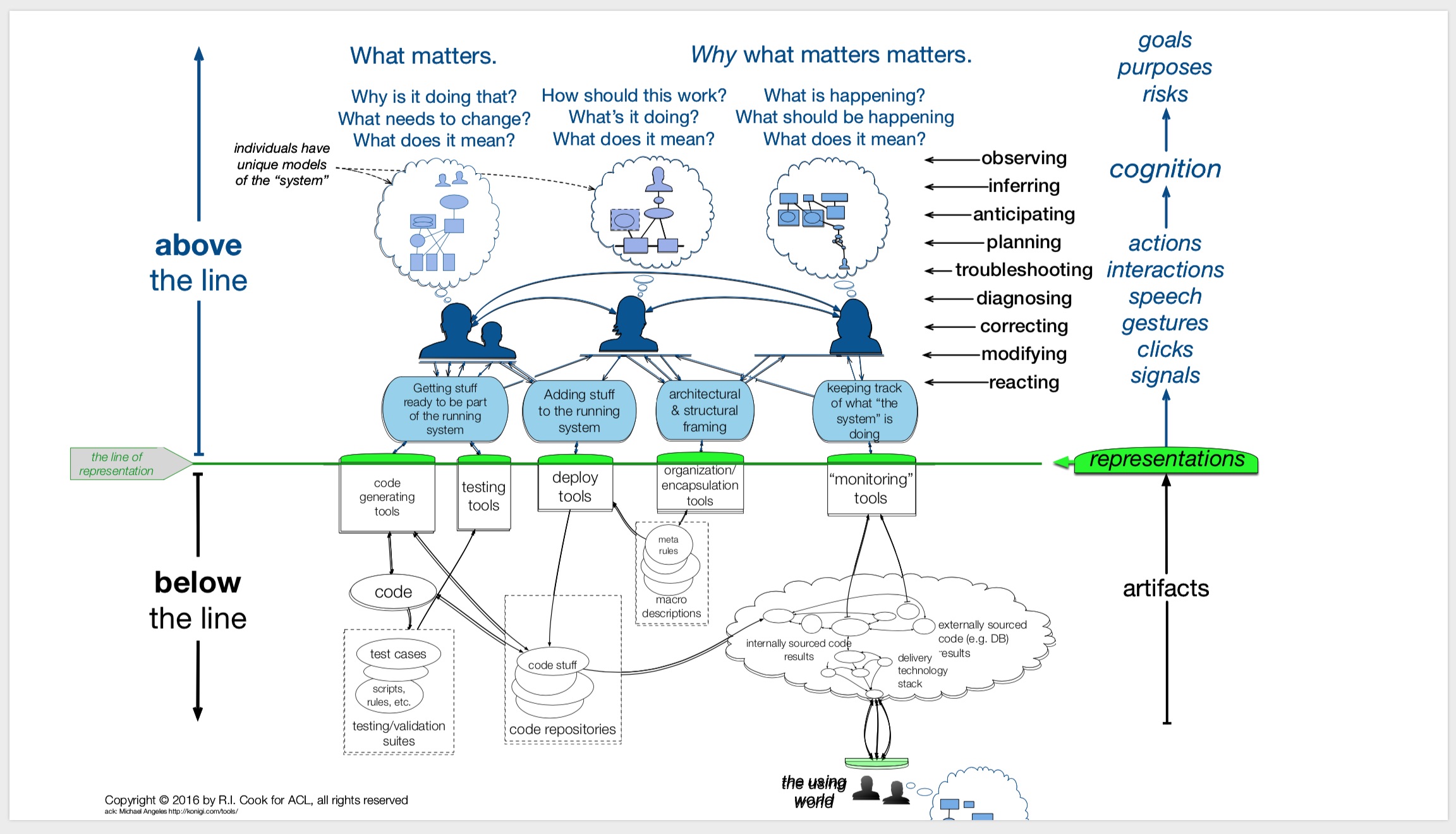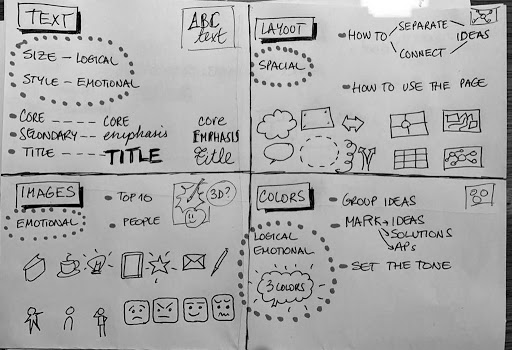Embracing Uncertainty - Notes from Lean Agile Scotland 2019
16 Oct 2019The first keynote “In defence of Uncertainty” by Abeba Birhane set the tone for the conference. She made the case for why searching for certainty is futile. Ilya Prigogine and Isabelle Stengers in their book Order out of Chaos, say
Traditional science in the Age of the Machine tended to emphasize stability, order, uniformity, and equilibrium. Whereas most of reality, instead of being orderly, stable, and equilibrial, is seething and bubbling with change, disorder, and process.
By using technology we reduce reality, into simpler and manageable pieces. However, this reductive process blinds us to the complex nature of reality. This can and does cause great harm. The systems we build have biases. People are being disadvantaged by technology and they don’t know it. Our blindfolds of certainty cause more harm than good.
Abeba makes us aware of the harm caused by biased and ill thought out solutions. Examples are Amazon’s AI recruiting tool, a blockchain based app for sexual consent and biased ML software to predict future criminals.
We alter reality with technology - Abeba Brihane
Abeba suggests a different approach.
Its not about the ‘right answers’ but asking meaningful questions
Push more towards understanding and less towards prediction
In place of final, and fixed answers, we aspire for continual negotiation and revision
In place of certainty, we emphasise in-determinability, partial-openness and unfinalizability
Partial-openness leaves room continual dialogue, negotiation, reiteration and revision
The first keynote set the stage for the second keynote “People are the adaptable element of Complex Systems” by John Allspaw. I read Web Operations and the Art Capacity Planning a while back, and it’s interesting to see how John helps the software development community understand Resilience Engineering. At the start of the keynote, he asks;
“If you remove the people keeping systems running, how many systems would keep running?”
Allspaw presents a model which can be used as a lens to look at how we interact with systems

We can use incidents to find out what happens above the line. We need to look deeper into incidents to figure out what happens and how people adapt. Incidents are too complex to be filed under post-mortems. We should learn from incidents. Use incidents as a rich seam of information for research instead of recording incidents to be filed and forgotten.
Magdalena Kiaca and Monica Madrid Costa ran a Visual Faciliation Workshop run by. I’ve been trying to create sketch notes with varying degrees of failure. The workshop helped with a methodical approach.

Attended my first event storming workshop after hearing good things about it from Nick, but this was my first opportunity to see how it’s done by Kenny Baas-Schwegler
Kenny pointed me to a cheat sheet he published.
Finally, Adarsh Shah and I gave a talk on “Using the Toyota Improvement Kata to solve hard problems”
Lean Agile Scotland is going on the annual conference list. Reminds me of attending XP Days London in the early days of my Agile learning.